There are no shortcuts to becoming a great photographer–regardless of whether you shoot landscapes or portraits, it takes a lot of hard work and practice. Luckily, practice can be a lot of fun–especially when you’re armed with helpful bits of advice right from the get go.
1. Do The Footwork
There’s more to landscape photography than taking photos of the scenic points of a road that are easily accessible by car. Sure, they may be beautiful to look at, but, because they’re so easy to get to, a lot of people have already seen (and photographed) them. Of course, scenic points can be great spots to practice and shoot every once in a while, but make sure you’re going off the beaten path on occasion as well. Put on your adventure shoes and take your camera for a nice hike in search of the perfect landscape.
If your location scouting is limited to easy to access spots, try your hardest to photograph them in a unique way. You may want to try out several different perspectives and vantage points.
→ Related reading: 7 Sites and Apps for Scouting Locations
2. Timing Is Everything
In terms of lighting, timing really is everything. There are certain times of the day that are just inherently better to shoot landscapes because the quality of the natural light is so much better. Some of the best landscape photos are shot during the golden and blue hours. Both occur twice a day, around sunrise and sunset–there are a lot of apps and websites you can use to pinpoint these times to the second to make sure you never miss one again.
Not only is the lighting more even during these times (thanks to the angle of the sun to earth), but gorgeous blue and golden tones will almost certainly make for a more dramatic image.
→ Related reading: Sunrise Photography: Make Your Images Sparkle & Shine, and Tips for Better Sunset Photography
3. Be On The Hunt For Leading Lines
When you’re location hunting and again when you’re composing your image, keep your eye out for things that can be used in the composition as a leading line. That is, a line (such as a road or winding river) that ideally leads the viewers eye to a subject or strong visual point of the composition. Because of their strong visual aesthetic, leading lines can be a golden find for landscape photographers–whenever you spot a nice one, take the time to photograph it or note the location so you can return in the future and shoot it then.
4. Don’t Skimp On A Tripod And Head
It’s really tempting to try to save money on a tripod after spending so much on a camera and lenses, but this could really cost you in the future. First, you want to have a tripod that is reliably study and strong enough to hold the weight of your camera, plus any accessories you may attach to it like a battery packs and flashes. The last thing you want to happen is a good gust of wind to come and blow your tripod over, sending your expensive camera and lens smashing into the ground–invest in a trustworthy tripod!
On the shooting side of the spectrum, a good tripod and tripod head remains an invaluable combination of gear to have. It will keep your camera still when you’re shooting, so you won’t have to worry about the weight of your camera causing the tripod head to slip out of position, which could ruin your shots.
4. Lens Choice
Using a wide angle lens is the go to choice for many landscape photos, but don’t limit yourself to shooting with just a wide angle. Not only will it give your photos a different look, but it’s also a great way to sharpen your eye to the details of a scene. Since you won’t be able to take wide sweeping landscape shots with a long lens, it will force you to look harder at the smaller components that make up the landscape and focus your efforts on photographing them.
→ Related reading: Tips for Shooting Landscapes with a Wide Angle Lens
Remember, just because you can squeeze a lot more into an image with a wide angle lens, doesn’t mean it’s the best choice! Wide angle lenses can cause distortion that makes even mountains look kinda small.
→ Related reading: Reviews of the Best Wide Angle Lenses for Canon and Reviews of the Best Wide Angle Lenses for Nikon
5. Following Through
Lastly, make sure that you’re putting time into learning and improving your post production skills in addition to practicing your camera and composition skills. If you shoot in RAW (and you should be shooting in RAW), editing the images is a necessary step in the process. Like your camera, photo editing software like Lightroom and Photoshop are very powerful tools that can help take your work to the next level if you know what you’re doing–so practice, practice, practice!
Photo license links: CC BY 2.0, CC BY-SA 2.0, CC BY-ND 2.0


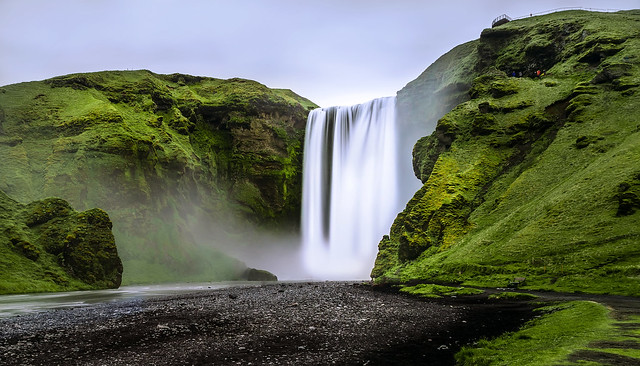
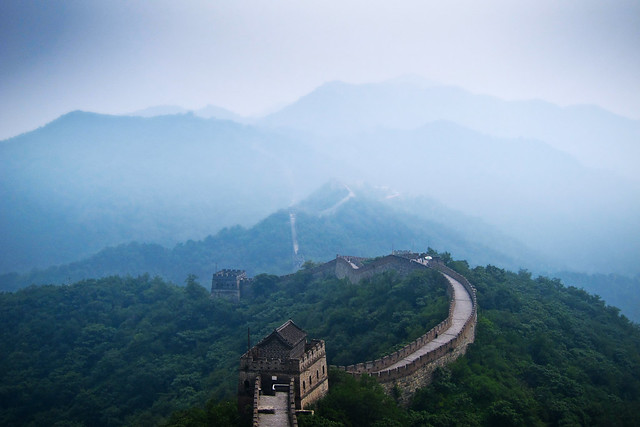
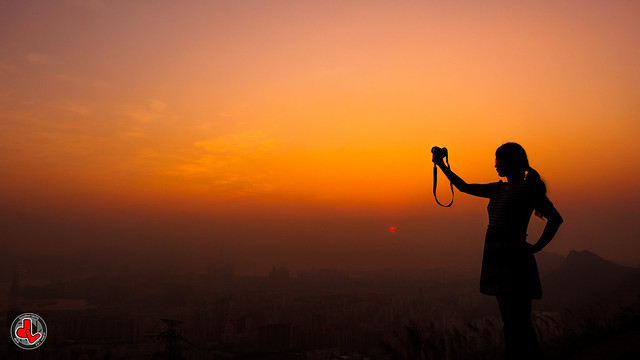

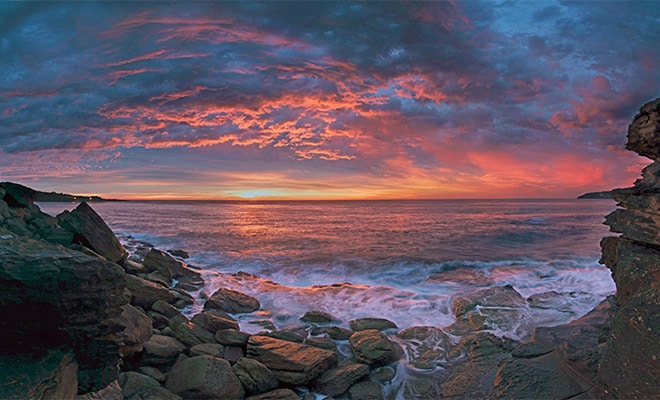
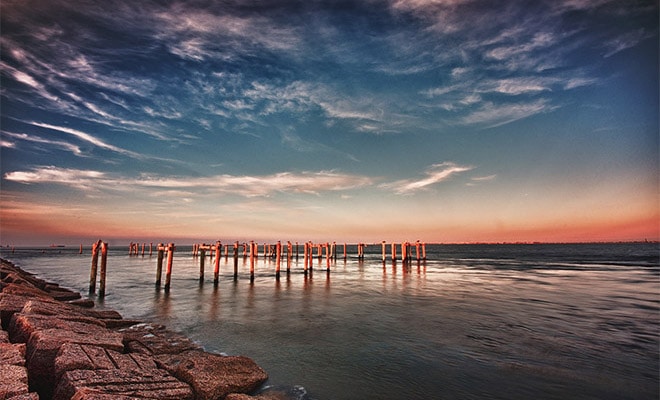







Nice article, but you should change the picture of the first point. The photo of Lenny K. is taken from a parking spot. So this is not a good example for doing “the footwork”… 🙂